A manual propelling device is a tool used to maneuver watercraft without motorized power, such as paddles, oars, or anchors, essential for small boats and emergencies.
Definition and Purpose
A manual propelling device is a tool used to maneuver watercraft without motorized power. Examples include paddles, oars, and anchors. These devices provide control and propulsion in calm or emergency conditions, ensuring safety and directional stability. They are essential for small boats, as they allow operators to navigate without relying on engines. The primary purpose is to enable precise movement and maintain control in various water situations, making them indispensable for boating safety and efficiency.
Importance in Various Applications
Manual propelling devices are crucial for safety and navigation in small watercraft. They provide control during engine failures or calm conditions, ensuring directional stability. Legally required in Canada for boats under 9m, these tools are vital for emergency maneuvers and traditional boating. Environmentally friendly, they reduce noise and pollution, making them ideal for eco-conscious navigation. Their versatility and reliability make them indispensable for both recreational and practical maritime applications, ensuring accessibility in remote areas without fuel dependency.
Types of Manual Propelling Devices

Manual propelling devices include paddles, commonly used in kayaks and canoes, and oars, typically found in rowboats. Anchors also play a role in stabilizing watercraft.
Paddles
Paddles are essential tools for propelling and steering small watercraft like kayaks and canoes. They consist of a blade and a shaft, designed to create movement by pushing water. Lightweight materials like aluminum and fiberglass are commonly used for durability. Paddles vary in size and shape, depending on the type of boat and paddling style. Proper technique ensures efficient propulsion and control, making them indispensable for manual navigation in various aquatic environments.
Oars
Oars are long, handheld tools used to propel and steer boats, typically in rowboats. They consist of a shaft and a blade, with the blade submerged in water. Oars require oarlocks to pivot and are usually operated in pairs; Pulling the oar toward the rower creates forward motion. Made from materials like wood, aluminum, or composites, oars are durable and lightweight. They are essential for traditional boating and emergency navigation, often required by regulations for small watercraft.
Anchors
Anchors are essential tools for stabilizing watercraft and are considered manual propelling devices. They prevent drifting by securing the boat to the seabed. Made from materials like metal or resin, anchors come in various designs (e.g., fluke, mushroom, or claw types) to suit different water conditions. While primarily used for stability, anchors can also assist in controlled movement during emergencies. Regulations often require boats to carry an anchor as part of safety equipment.
Other Similar Devices
Besides paddles and oars, other manual propelling devices include push poles, sails, and traditional tools like gondola oars. These devices provide alternative methods for maneuvering watercraft. Push poles are used in shallow waters to propel boats forward by pushing against the bottom. Sails, while not manual in the strictest sense, rely on manual adjustment to harness wind for propulsion. These tools enhance the versatility of manual propulsion systems in various watercraft applications.
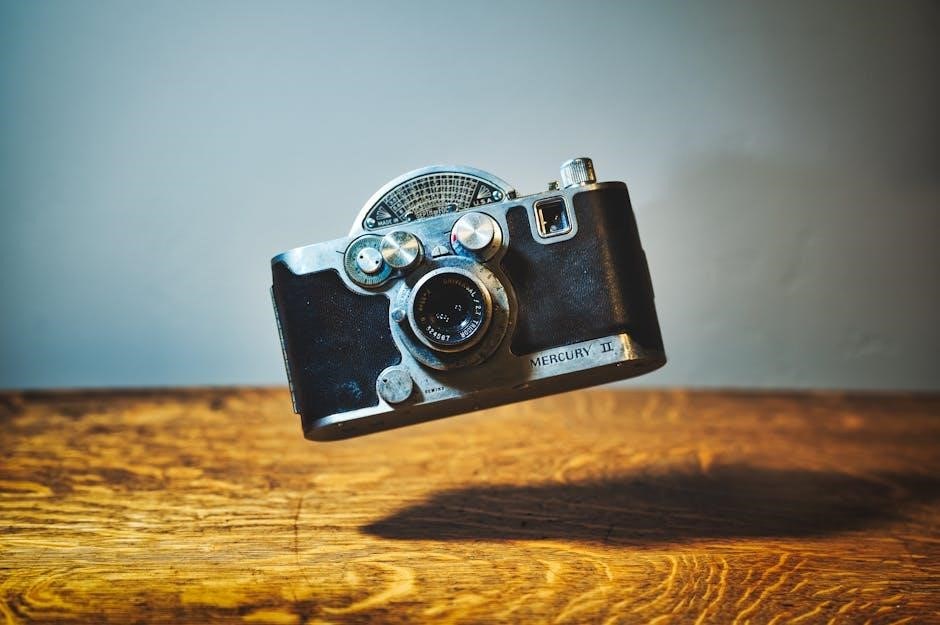
Legal Requirements
According to Transport Canada, boats under 9 meters must carry at least one manual propelling device, such as a paddle or oars, for safe operation.
Canadian Regulations
In Canada, boats under 9 meters must carry a manual propelling device, such as paddles or oars, to ensure safe operation in emergencies or motor failure. These regulations, outlined in the Small Vessel Regulations, aim to enhance maritime safety and preparedness. Compliance is mandatory, and failure to carry such devices can result in penalties. This requirement ensures boaters can maneuver safely without relying on motorized systems, aligning with Transport Canada’s safety standards for pleasure craft.
International Standards
Internationally, manual propelling devices must meet safety and design standards to ensure reliability. Organizations like the International Maritime Organization (IMO) set guidelines for small watercraft. These standards often include requirements for durability, buoyancy, and ease of use. Compliance with these standards is crucial for global maritime safety, ensuring that manual propelling devices function effectively in emergencies. Adhering to international norms helps maintain consistency across borders and enhances overall safety for boaters worldwide.
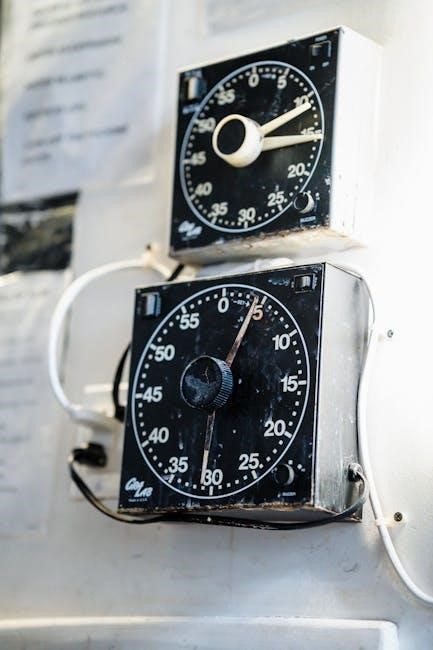
Historical Use of Manual Propelling Devices
Manual propelling devices, such as paddles and oars, have been essential tools for water navigation since ancient times, enabling exploration and trade across rivers and seas.
Traditional Boating
Traditional boating heavily relied on manual propelling devices like paddles and oars for navigation, enabling early civilizations to traverse waterways efficiently. These tools were essential for fishing, trade, and exploration, with designs often reflecting regional materials and cultural practices. Their simplicity and effectiveness made them indispensable in the evolution of maritime activities, shaping the foundation of water-based transportation and commerce across the globe.
Emergency Navigation
Manual propelling devices are critical in emergency navigation, providing a reliable means to control a vessel when engines fail. Paddles, oars, or anchors can help stabilize or steer the boat, preventing drifting. Canadian regulations require such devices on boats under 9 meters, ensuring safety in unexpected situations. These tools are indispensable for maintaining control and navigating safely during crises, especially in rough or unpredictable water conditions.

Design and Functionality
Manual propelling devices are crafted from durable materials like aluminum, wood, or carbon fiber, ensuring lightweight yet robust construction. Ergonomic handles and streamlined blade shapes enhance efficiency and control.
Materials and Construction
Manual propelling devices are typically made from durable materials like aluminum, wood, or carbon fiber, ensuring both strength and lightweight construction. The ergonomic design of handles and blades minimizes fatigue, while the streamlined shapes enhance water displacement efficiency. Construction methods focus on longevity and performance, making these tools reliable for various aquatic conditions. The choice of material often depends on the intended use, balancing affordability, weight, and durability.
Mechanical Principles
Manual propelling devices operate on the principle of converting muscle power into thrust through leverage and torque. The design ensures efficient energy transfer, with blades or paddles displacing water to generate forward motion. The shape and angle of these components maximize propulsion while minimizing resistance. Buoyancy and hydrodynamics play crucial roles in their effectiveness, enabling users to maneuver watercraft with precision and control, even in challenging conditions.
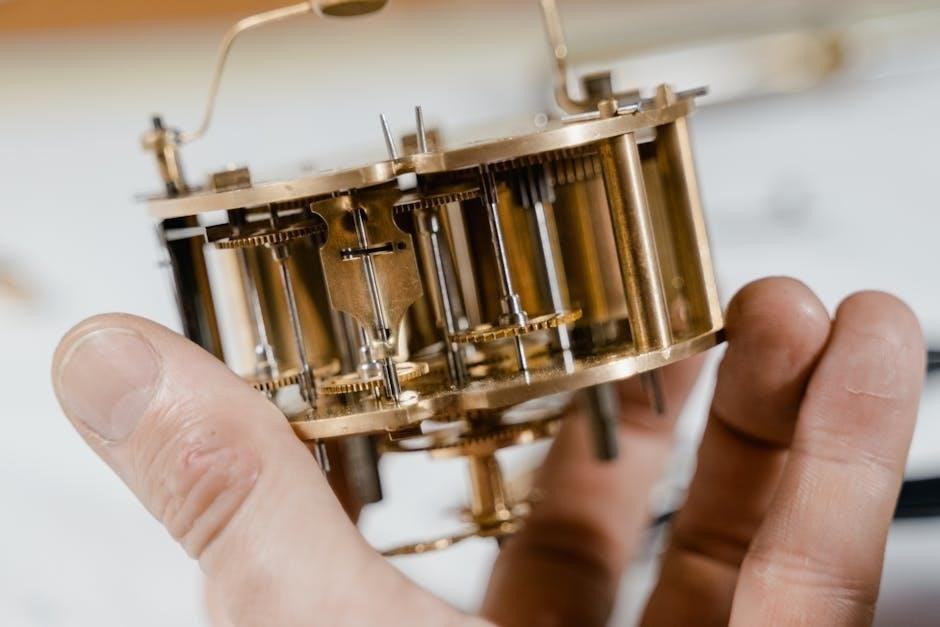
Safety and Practicality
Manual propelling devices enhance safety by providing reliable control in emergencies. They are eco-friendly, producing no emissions or noise, making them ideal for environmentally sensitive areas and quiet waterways.
Advantages Over Motorized Systems
Manual propelling devices offer numerous advantages, including environmental friendliness, cost-effectiveness, and reliability. They produce no emissions or noise, making them ideal for eco-sensitive areas. With no fuel costs or complex maintenance, they are budget-friendly. Their simplicity ensures they are always ready for use, eliminating the risk of mechanical failure common in motorized systems. This makes them a practical choice for small boats and emergency situations.
Disadvantages and Limitations
Manual propelling devices require physical effort, making them tiring for long trips or rough waters. They are slower than motorized systems, limiting their effectiveness in emergencies requiring quick maneuvering. Additionally, manual propulsion offers less control, making precise navigation challenging. Dependence on the operator’s strength and endurance can also lead to fatigue, reducing overall efficiency in demanding conditions.
Maintenance and Care
Regular cleaning and proper storage of manual propelling devices are essential to prevent damage and ensure longevity. Always handle with care to avoid wear and tear.
Storage and Handling
Proper storage and handling of manual propelling devices are crucial for durability. Clean devices thoroughly before storage, use protective covers, and keep them in a dry, secure location. Handle with care to avoid damage, and ensure they are easily accessible for emergencies. Regular inspections and maintenance can prevent wear and tear, ensuring reliability when needed.
Repair and Replacement
Regular inspections are essential to identify wear and tear on manual propelling devices. Cracks in paddles or oars should be repaired promptly with durable materials to maintain functionality. Replacement is necessary when damage compromises performance or safety. Always use high-quality components that meet safety standards. Proper repair and timely replacement ensure reliability, especially in emergency situations, keeping your device in optimal condition for when it’s needed most.
Emergency Preparedness
Manual propelling devices are essential for emergency preparedness, serving as a reliable backup when motorized systems fail. They ensure control and safety in critical situations and are often legally required for small watercraft.
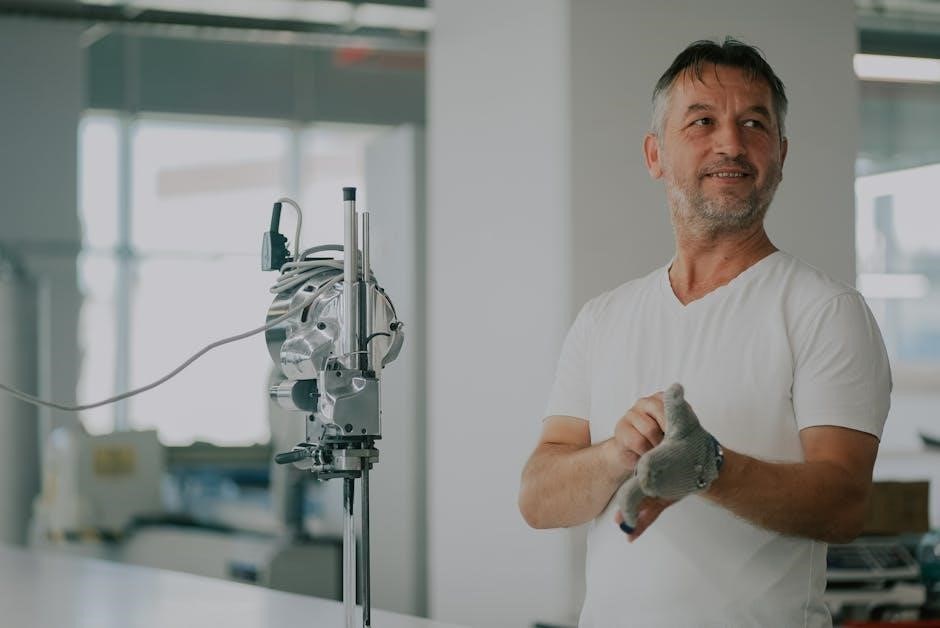
When to Use Manual Propelling Devices
Manual propelling devices are ideal for emergencies, calm waters, or when motorized systems fail. They are legally required for small boats in Canada and ensure control in critical situations. Use them during engine failures, in environmentally sensitive areas, or for stealth in fishing. Always carry paddles or oars as a backup for safe navigation and compliance with regulations.
Best Practices in Emergencies
In emergencies, remain calm and assess the situation. Use manual propelling devices like paddles or oars to maintain control and stability. Ensure devices are easily accessible and in good condition. Employ proper technique to conserve energy and navigate safely. Always prioritize situational awareness and use these tools to reach shore or await assistance. Regular practice enhances proficiency, ensuring effective use during critical moments.
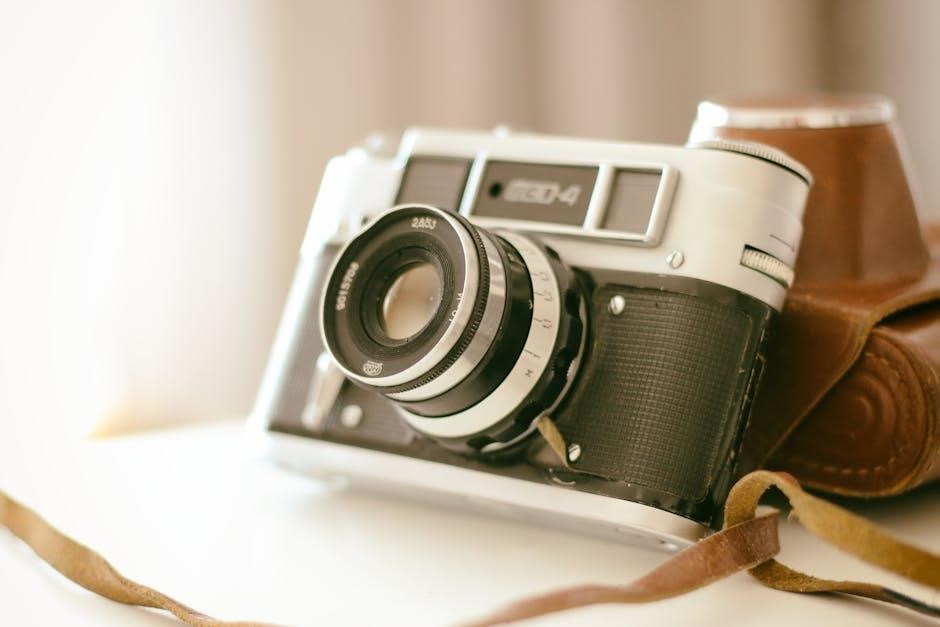
Environmental Impact
Manual propelling devices are eco-friendly, producing no emissions or noise pollution. They rely on human effort, making them a sustainable option for water navigation and preserving marine ecosystems.
Eco-Friendly Nature
Manual propelling devices are inherently eco-friendly, relying solely on human effort without emitting pollutants or noise. They reduce reliance on fossil fuels, lowering carbon footprints and minimizing environmental disruption. These devices promote sustainable boating practices, making them ideal for preserving sensitive marine ecosystems and wildlife habitats. Their quiet operation also helps maintain serene water environments, fostering a harmonious coexistence between nature and human activity.
Impact on Marine Ecosystems
Manual propelling devices minimize disturbance to marine life, as they operate without emissions or noise pollution. This reduces habitat disruption and supports biodiversity. Their quiet operation preserves the natural balance of aquatic environments, making them ideal for ecologically sensitive areas. By avoiding fuel spills and chemical emissions, these devices help maintain water quality and protect marine organisms, fostering a healthier ecosystem overall while promoting sustainable boating practices.
Manual propelling devices remain vital due to their simplicity and reliability, ensuring continued relevance in boating with future innovations focusing on eco-friendly materials and improved efficiency.
Evolution of Manual Propelling Devices
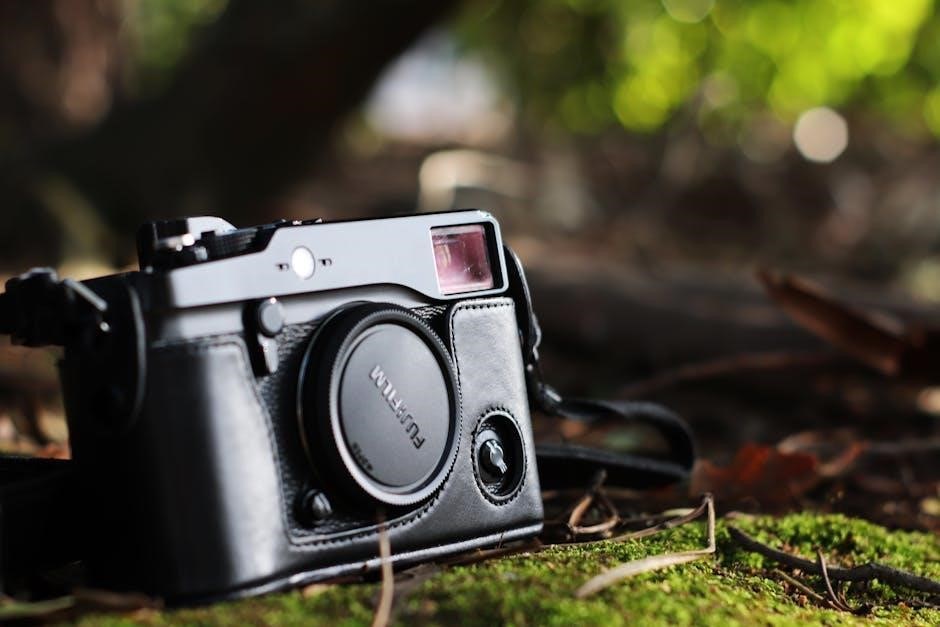
Manual propelling devices have evolved significantly, from ancient paddles and oars to modern designs with adjustable lengths and lightweight materials. Early civilizations relied on basic wood carvings, while today’s innovations focus on durability and efficiency. These tools remain essential for small watercraft, blending traditional functionality with contemporary engineering to enhance boating experiences.
Modern Innovations
Modern manual propelling devices incorporate advanced materials like carbon fiber and ergonomic designs for improved efficiency. Adjustable oars and collapsible paddles offer convenience, while hybrid systems combine paddling with lightweight sails. These innovations enhance performance and reduce fatigue, making manual propulsion more accessible and user-friendly for diverse watercraft applications.

